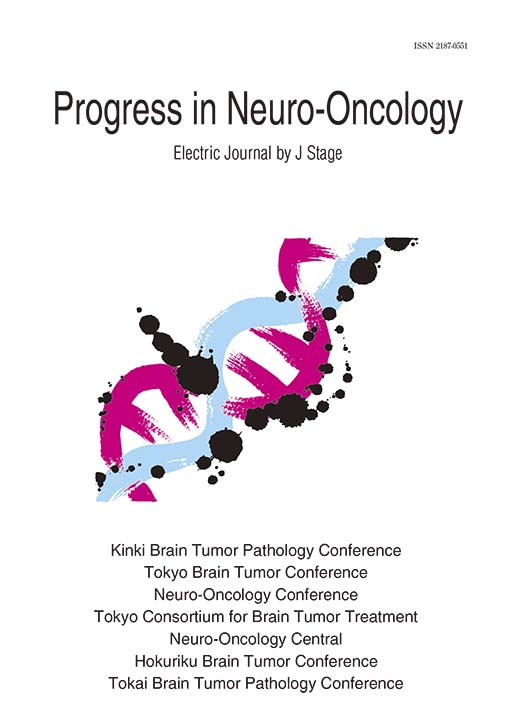Volume 25, Issue 3
Displaying 1-7 of 7 articles from this issue
- |<
- <
- 1
- >
- >|
-
2018Volume 25Issue 3 Pages M1-M2
Published: 2018
Released on J-STAGE: January 31, 2019
Download PDF (571K) -
2018Volume 25Issue 3 Pages 1-12
Published: January 30, 2019
Released on J-STAGE: January 31, 2019
Download PDF (1435K) -
2018Volume 25Issue 3 Pages 13-21
Published: January 30, 2019
Released on J-STAGE: January 31, 2019
Download PDF (949K) -
2018Volume 25Issue 3 Pages 22-26
Published: January 30, 2019
Released on J-STAGE: January 31, 2019
Download PDF (964K) -
2018Volume 25Issue 3 Pages 27-35
Published: 2018
Released on J-STAGE: January 31, 2019
Download PDF (2636K) -
2018Volume 25Issue 3 Pages 36-37
Published: 2018
Released on J-STAGE: January 31, 2019
Download PDF (652K) -
2018Volume 25Issue 3 Pages M3-M5
Published: 2018
Released on J-STAGE: January 31, 2019
Download PDF (523K)
- |<
- <
- 1
- >
- >|
